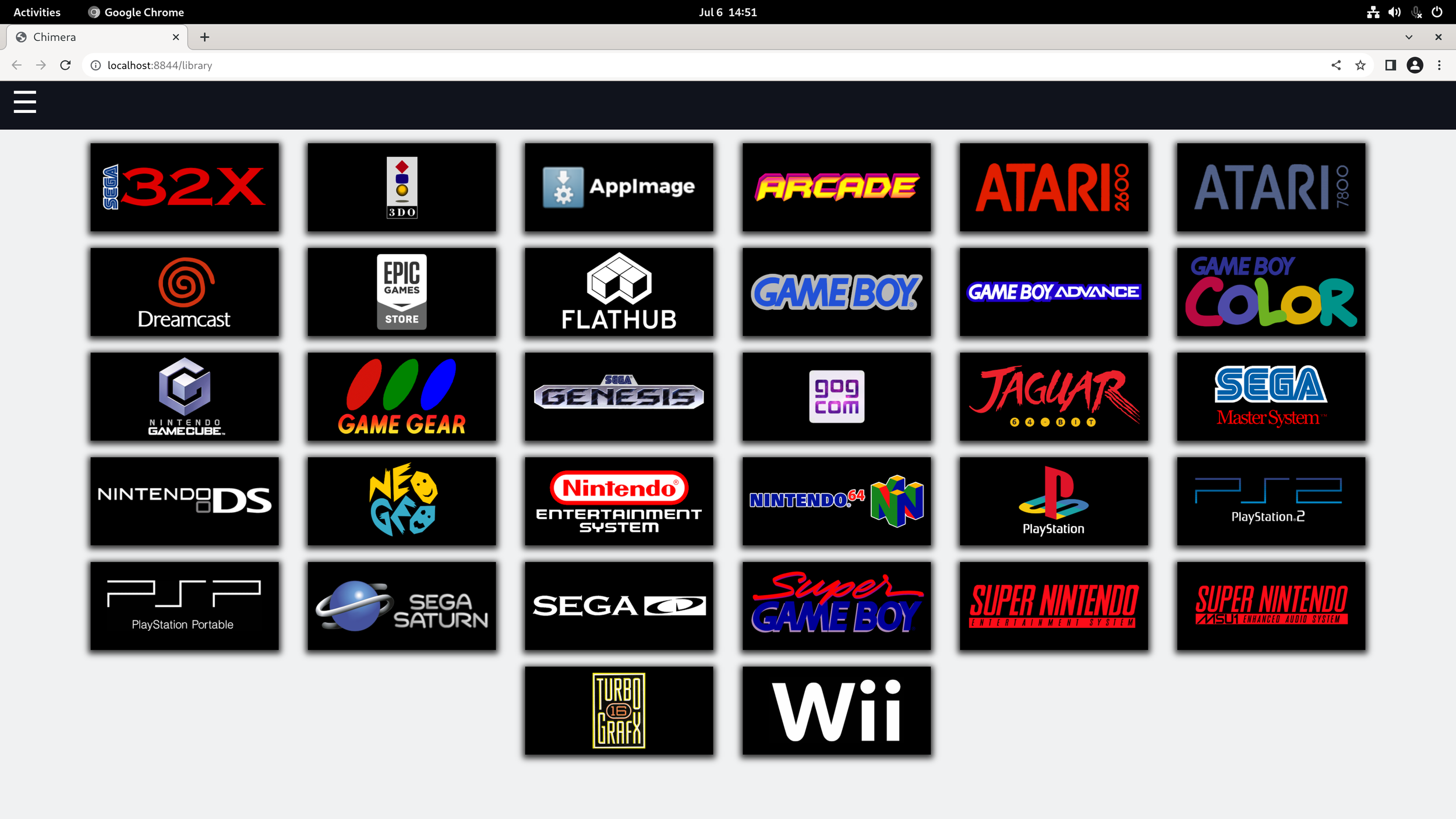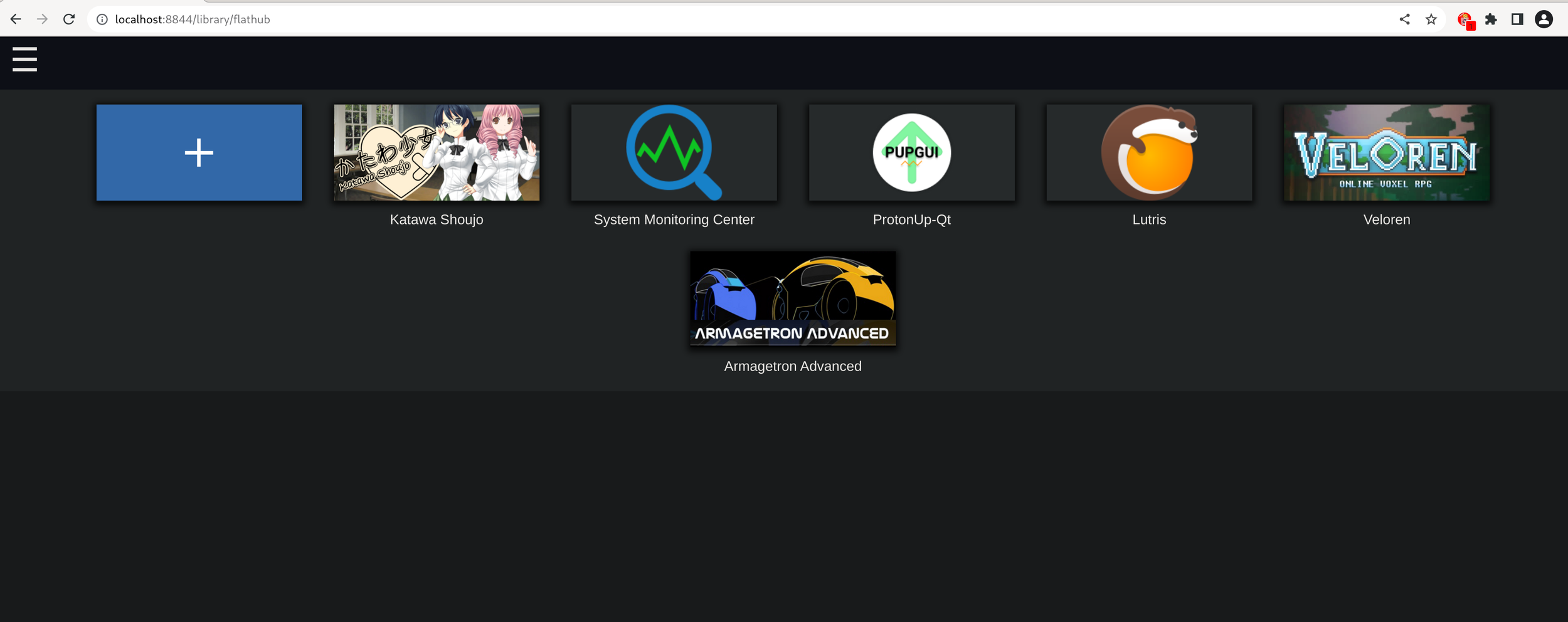Steam Machine after-build Update
/Hi there again! Following up with the prior blog post here. I have a few fixes for my Steam Machine build that I may have experienced some anomalies with after initially building it and installing ChimeraOS that I’ll address here. Also, the Steam Deck might get Nix package support soon, so I’ll give some thoughts on that here.
Regarding that Steam Machine that I mentioned finally building in my last update here, I've made a few fixes that seemed to be necessary.
After the initial install, it seemed the system was experiencing some lag.
I went ahead ahead and updated the ASRock Fatality AB350 board from P6.60 to P7.00, then finished by updating to the recent P7.40 release found here. I utilized ASRock’s quick flash utility, which doesn’t require an OS to flash the BIOS, which was nice.
After updating the BIOS, and then redoing the Battle.net install utilizing Proton instead of running it through Lutris, since the steam shortcut can no longer be made utilizing that method in ChimeraOS, Diablo IV is now showing up in the Steam Big Picture mode.
In other news, I’ve been following along with a recent Nix comment made here. This gives me hope that we’ll be seeing a dedicated “/nix” directory added by default to SteamOS soon by the developers.
My Steam Deck "deckscript" has been sitting idle for a little while, due to constant changes in SteamOS from Valve wiping out any installed pacman packages. I've expanded more info on how I plan to migrate the bash script to one that mainly installs nix packages and flatpaks, plus grabbing enhancements, in the pull request here.
Here's a short little recording below, of what happened when I tried to set up the Nix package manager on the Deck via the terminal.
I'll be able to make more progress on this once that new SteamOS release comes out and gives us a predefined `/nix` directory in the future.
I’ll also be working on migrating my Fedora post-install script and the same with my Pop!_OS script over to Ansible roles or playbooks in the future, as I’m getting back on the train that was slowly learning about that. I’m mainly learning about it at night, so it may be a little while. Pull request for that is linked here.
I’ve also gone ahead and set up Syncthing between my ChimeraOS Steam Machine (that I renamed to Illyria) as well as my desktop and gabegear-named Steam Deck. This helps me sync Yuzu save data and keys, as well as aids me in creating a serverless cloud-sync between devices for Steam games that don’t support cloud saves. More info on getting setup is available at their site here.
In other news, here’s a few fun reads and watches I’ve enjoyed recently:
Techlinked notes that Intel is giving up on their OEM NUCs now
You can play old Flash games on Steam Deck using the Flashpoint app
The little Anbernic RG405M has a new custom firmware called GammaOS that RGC reviewed







